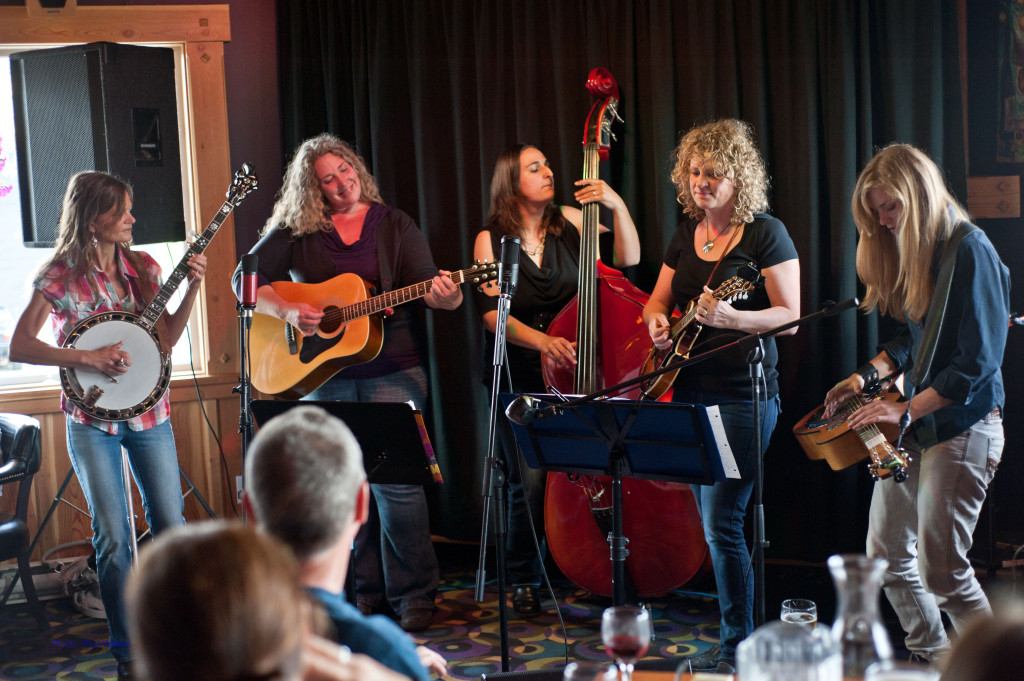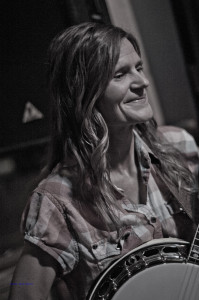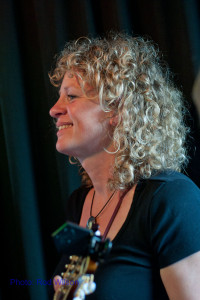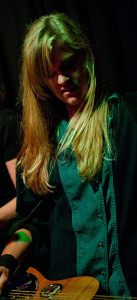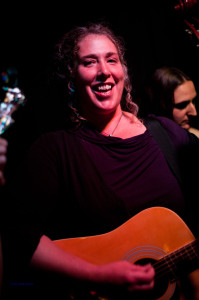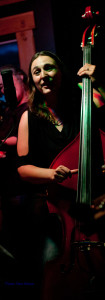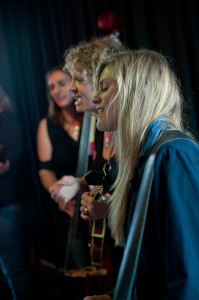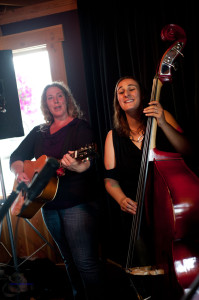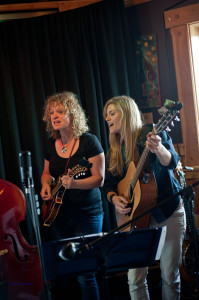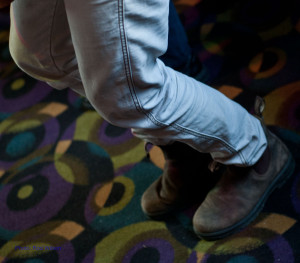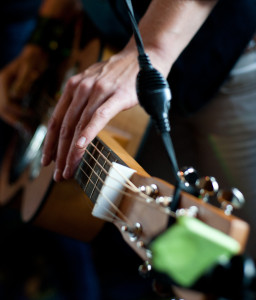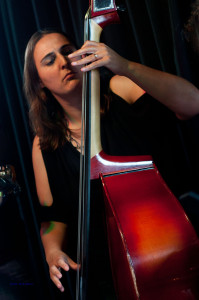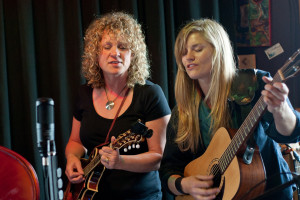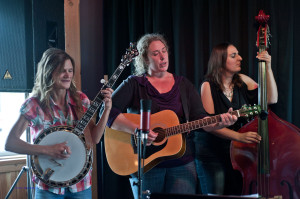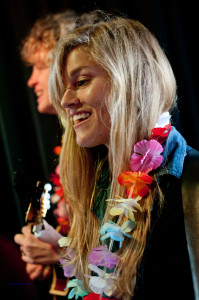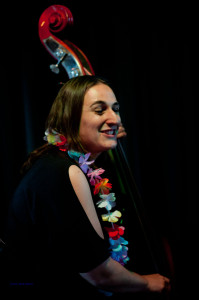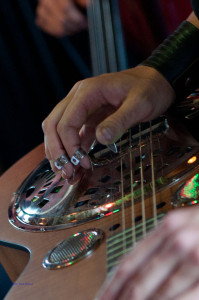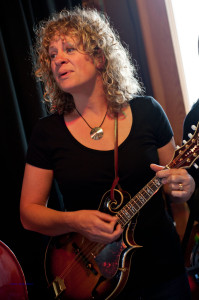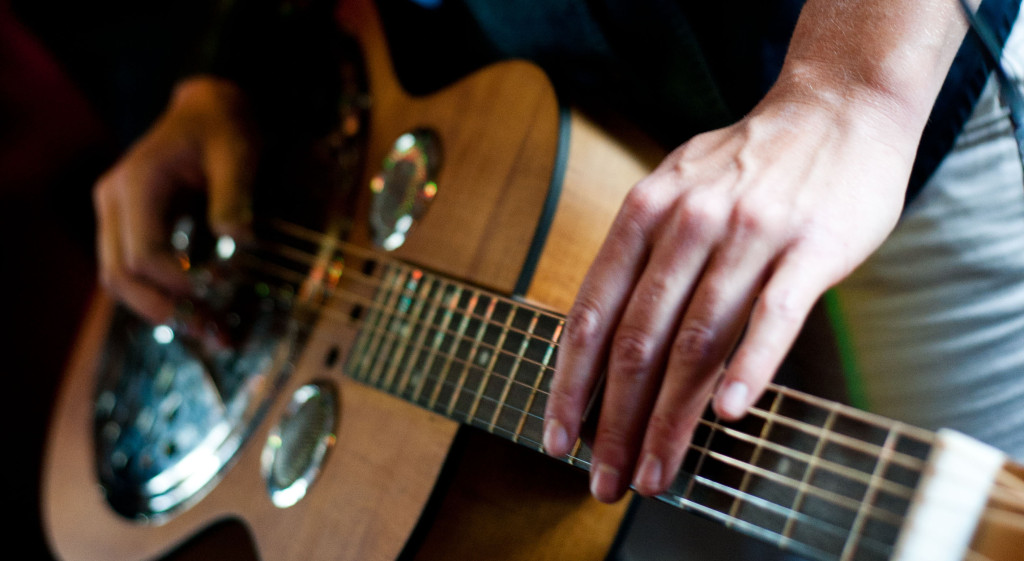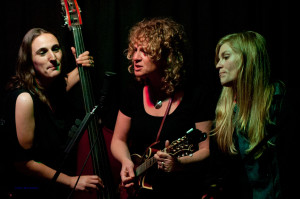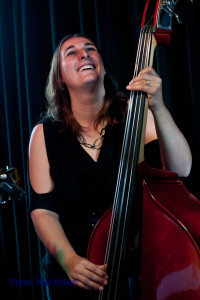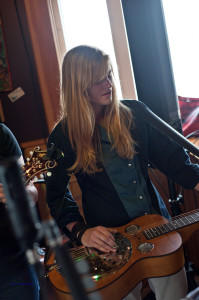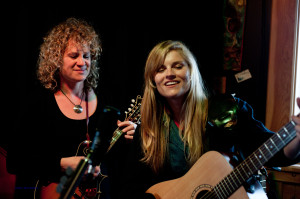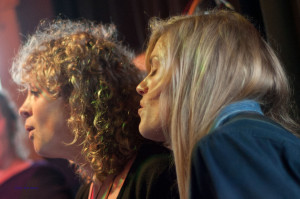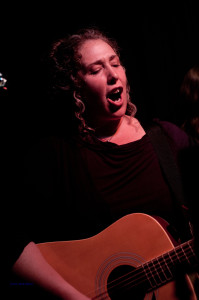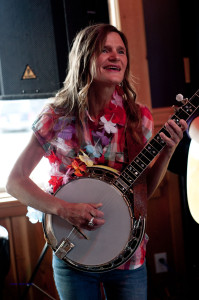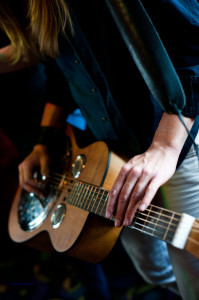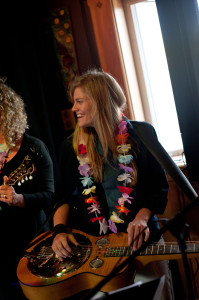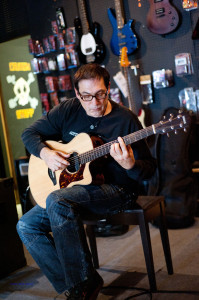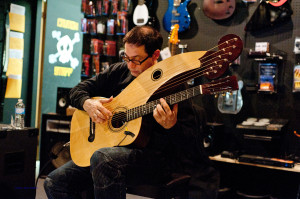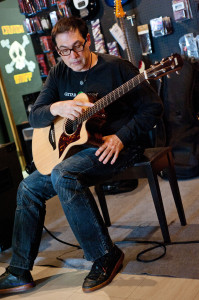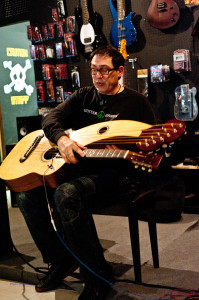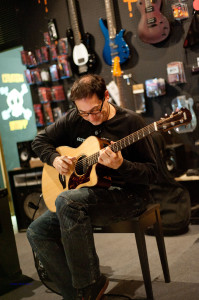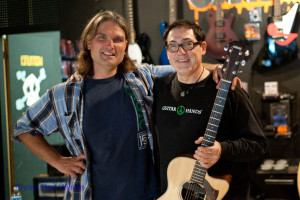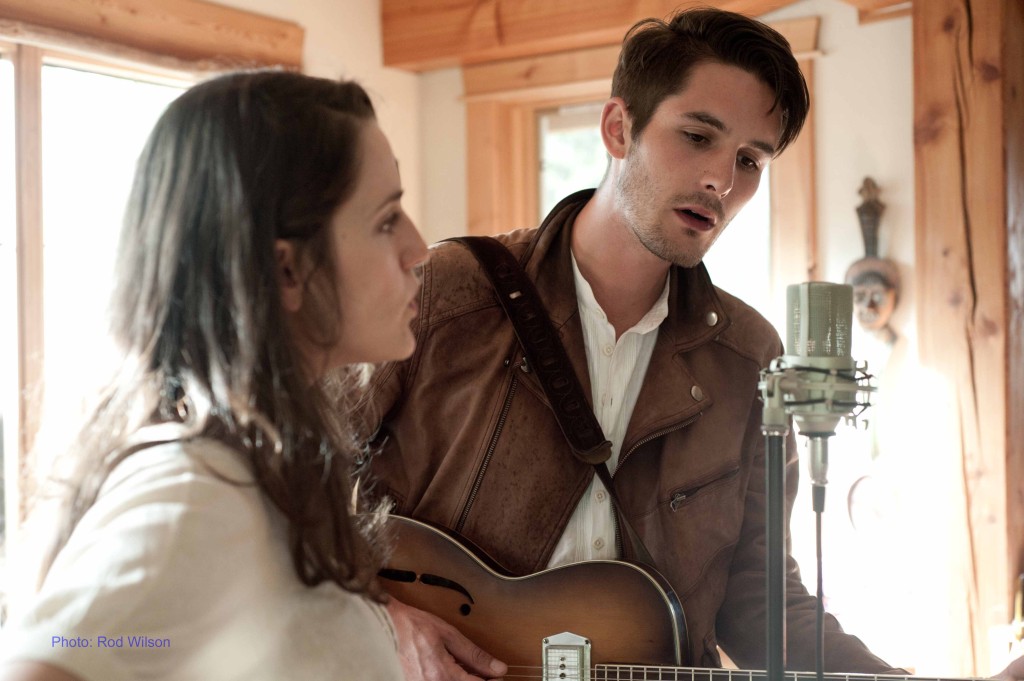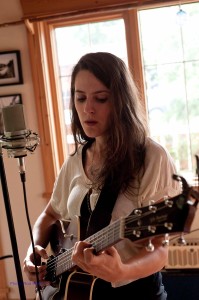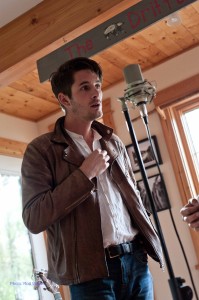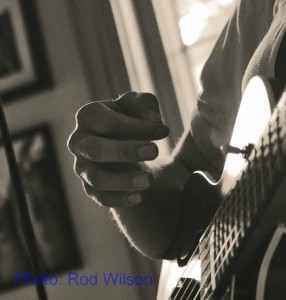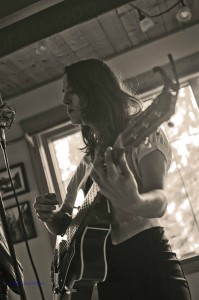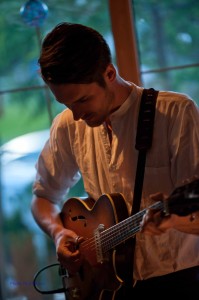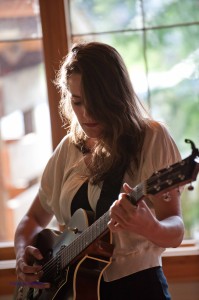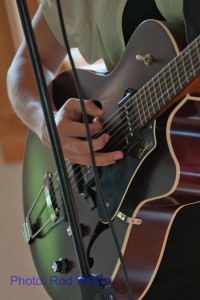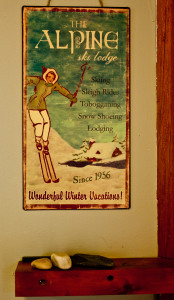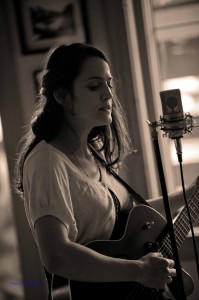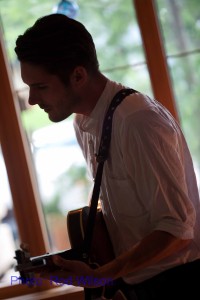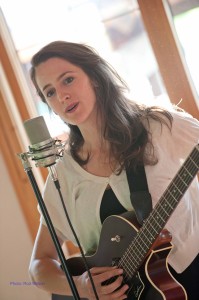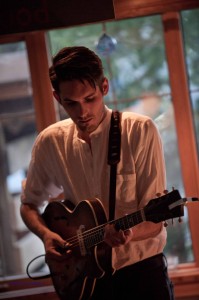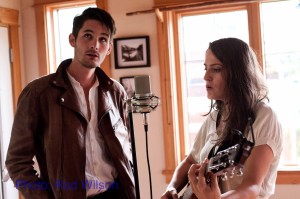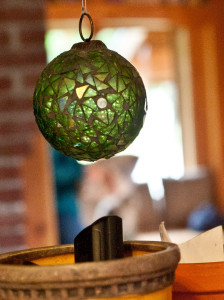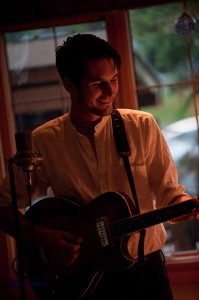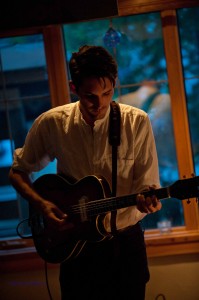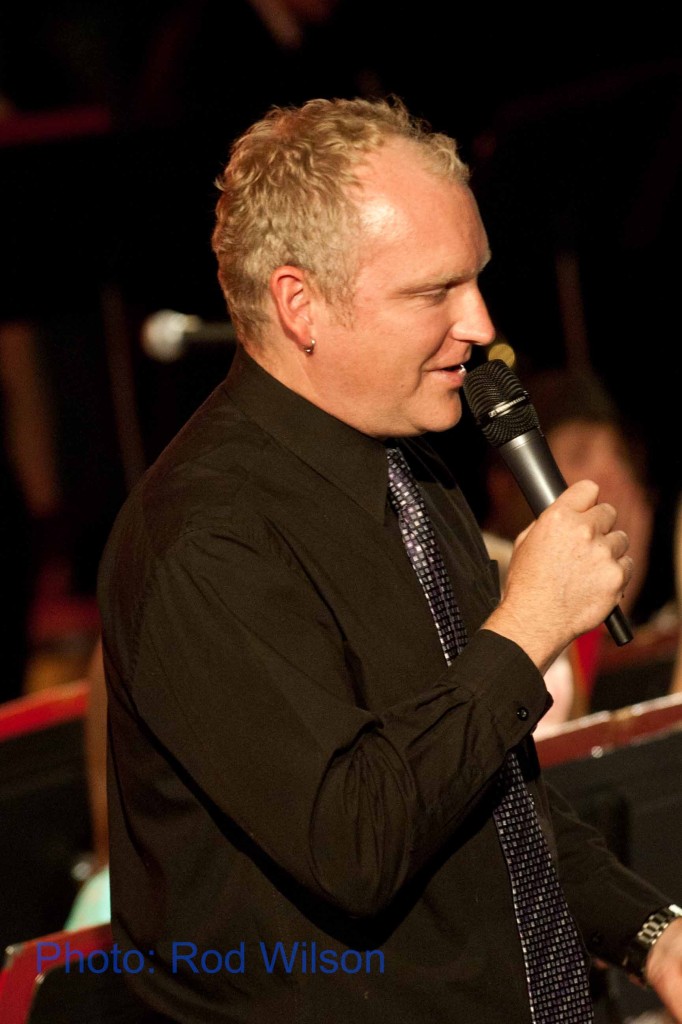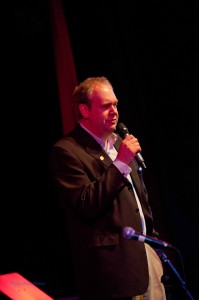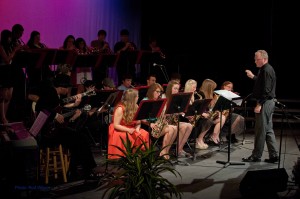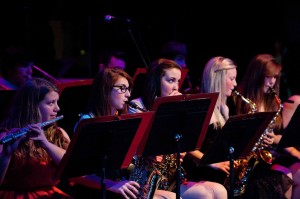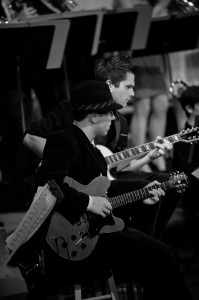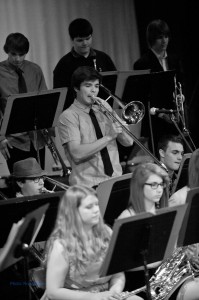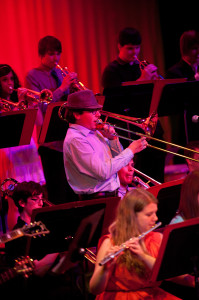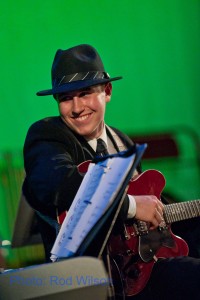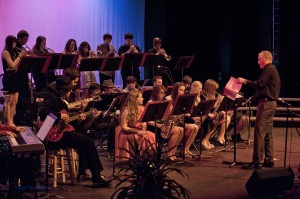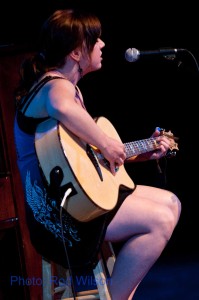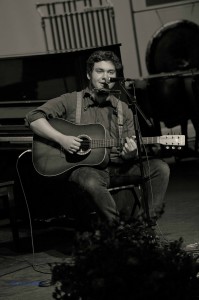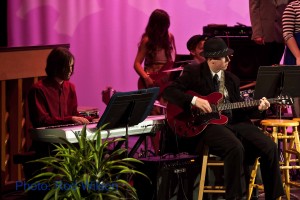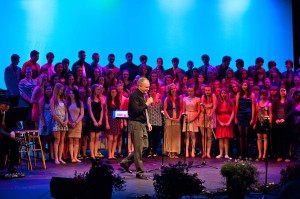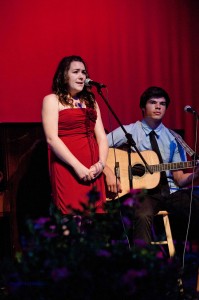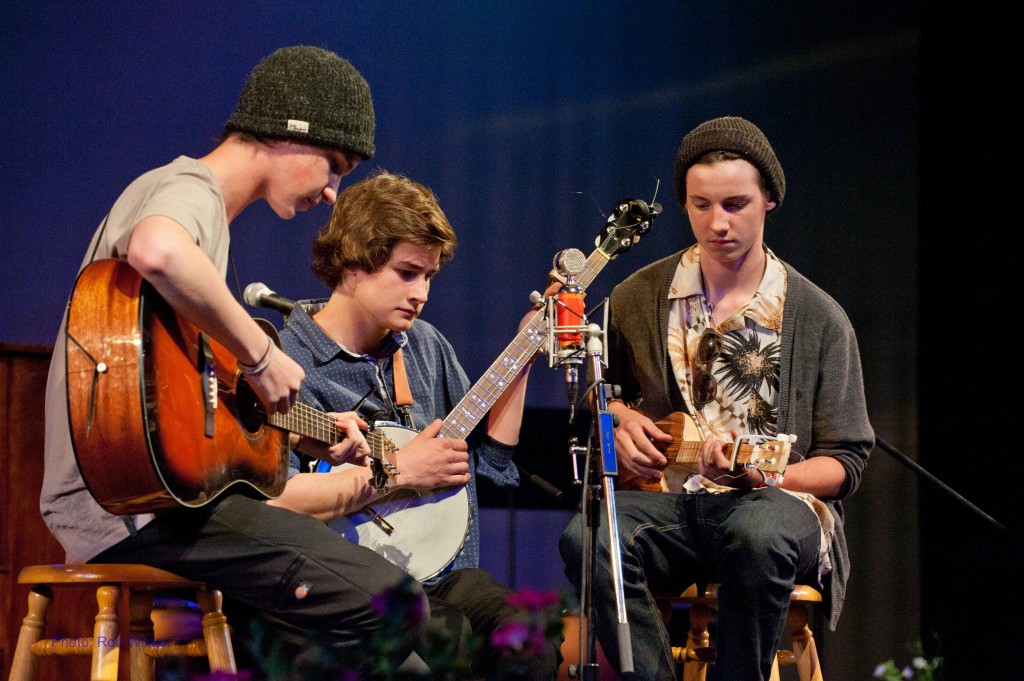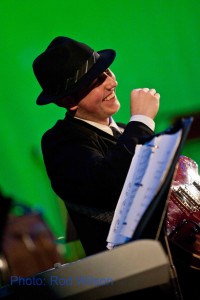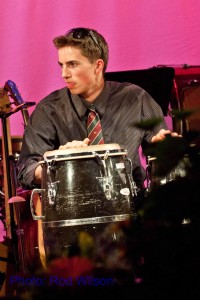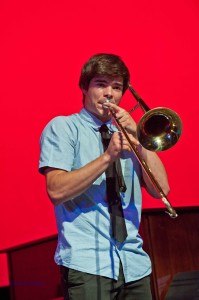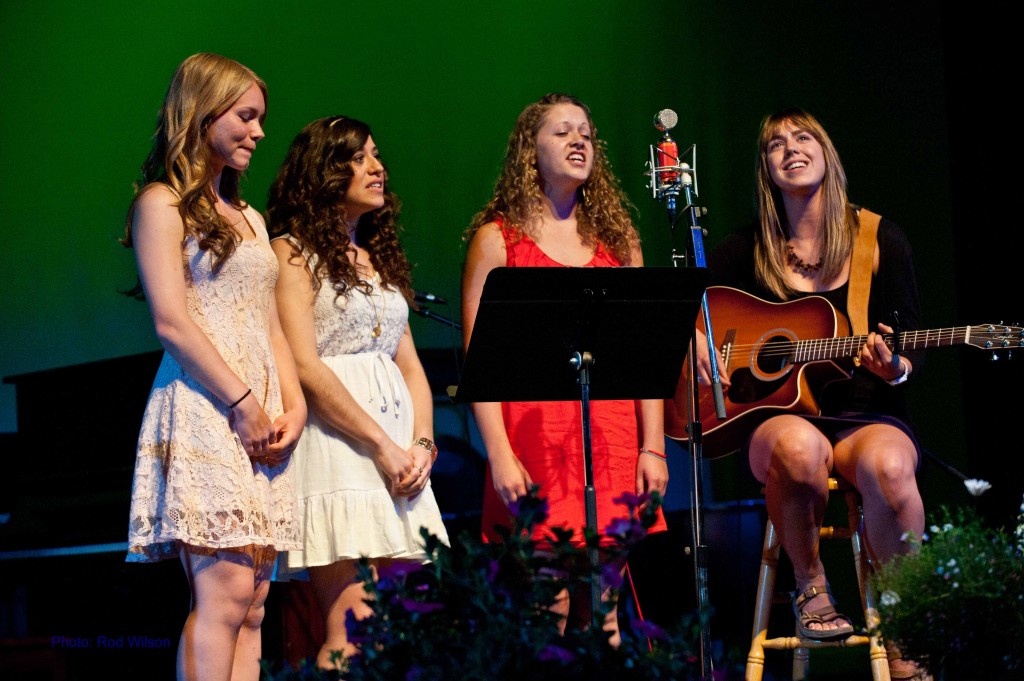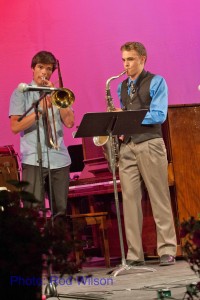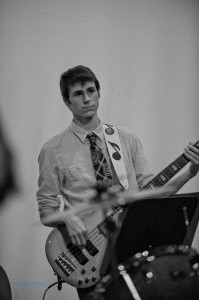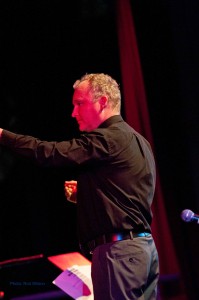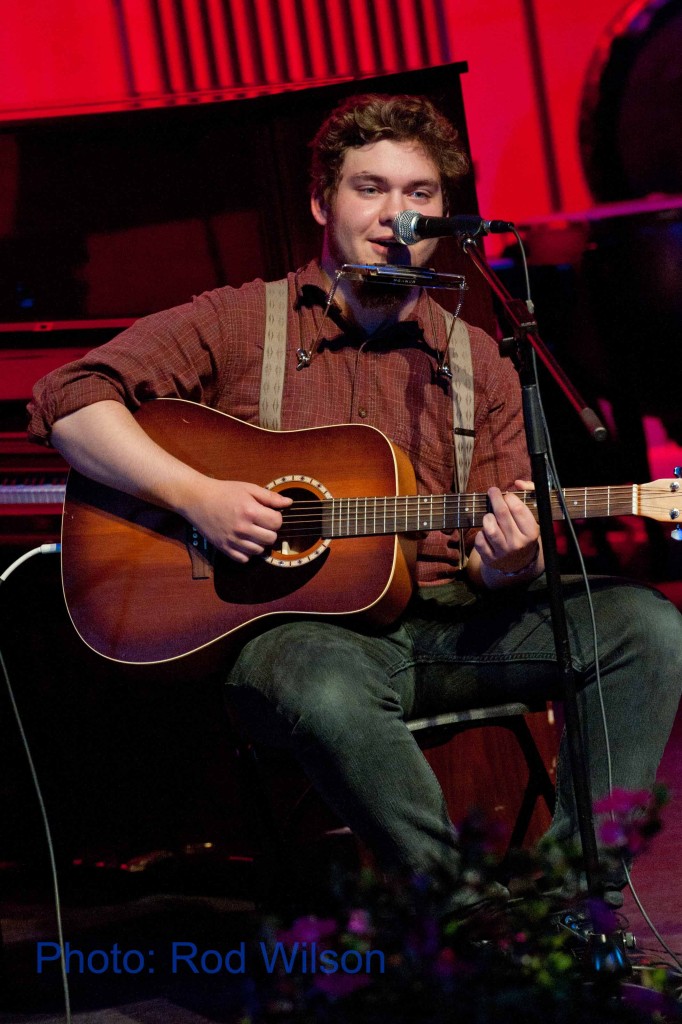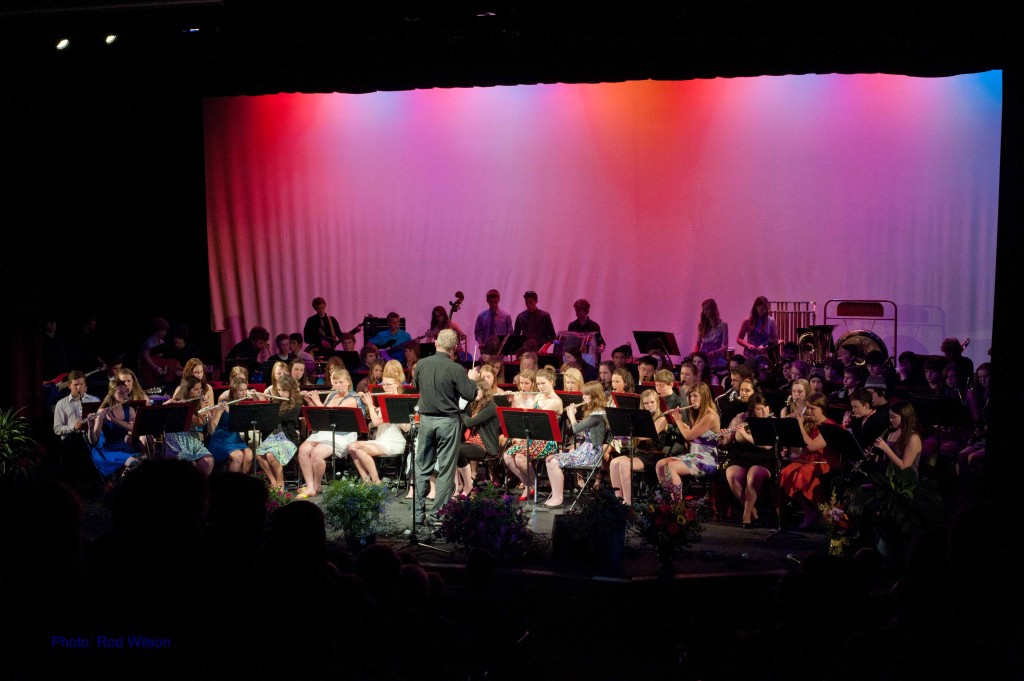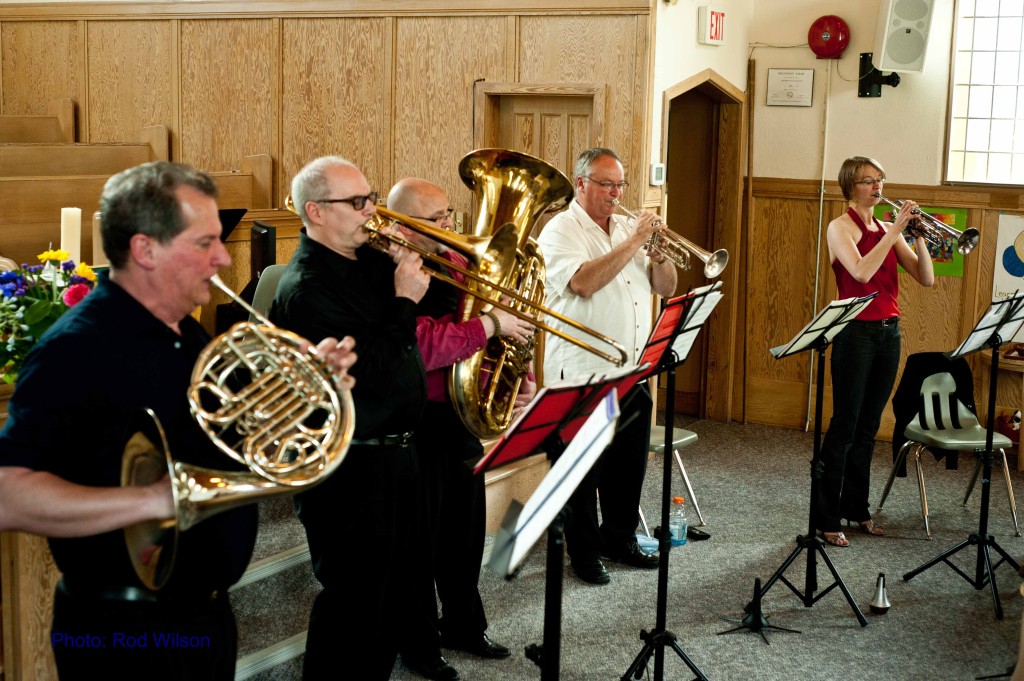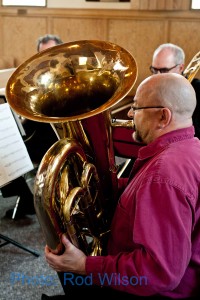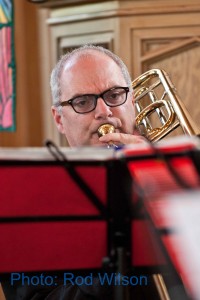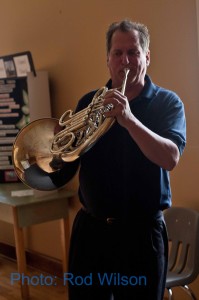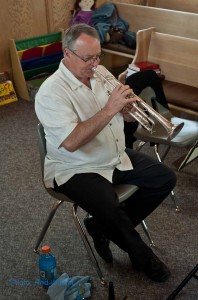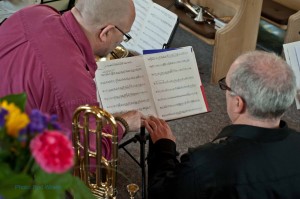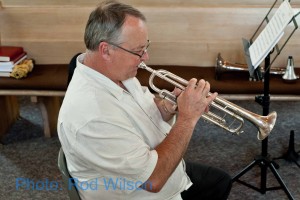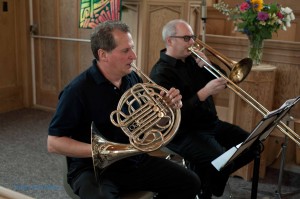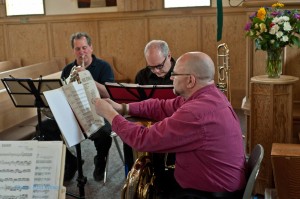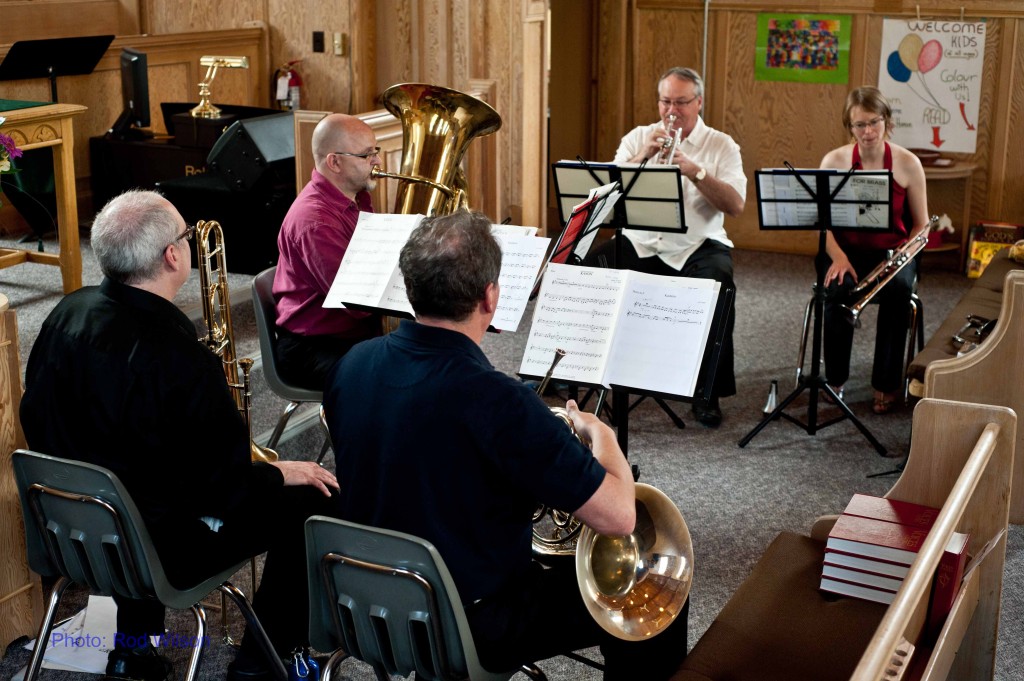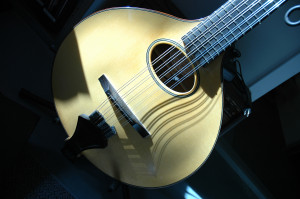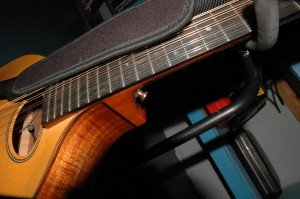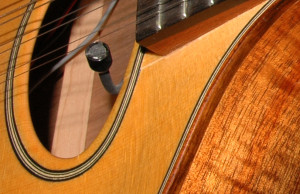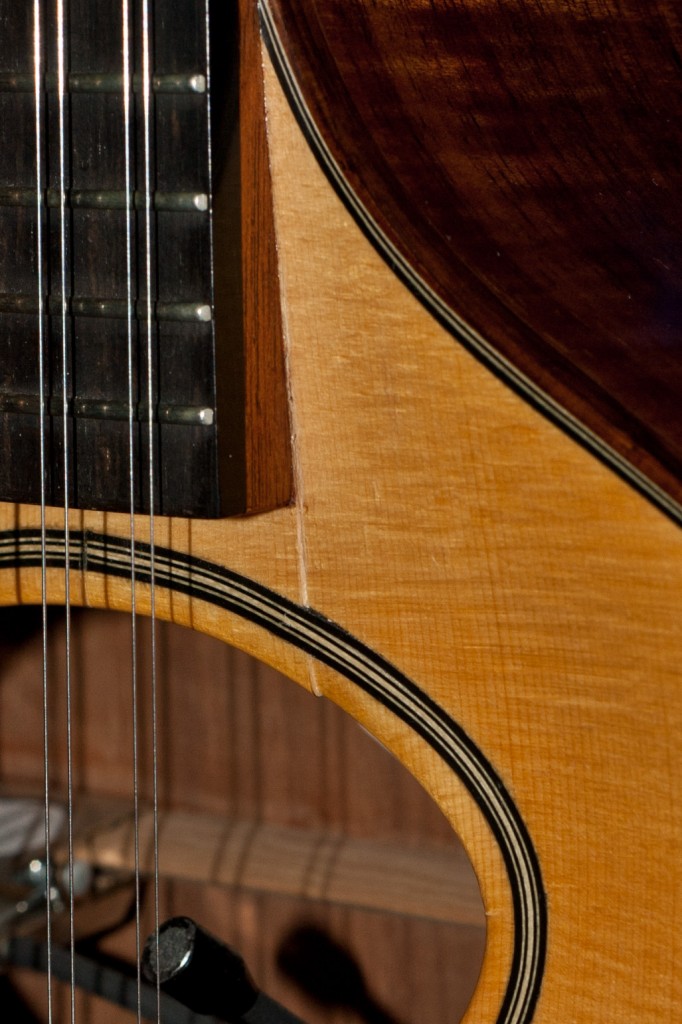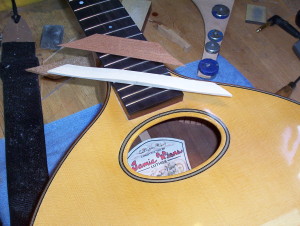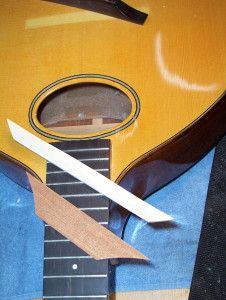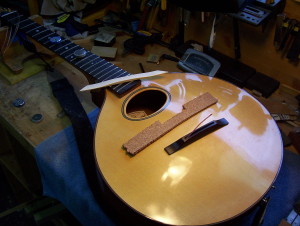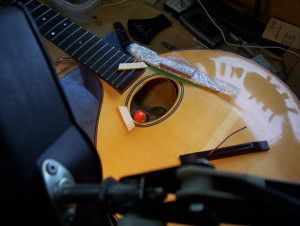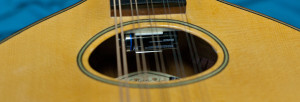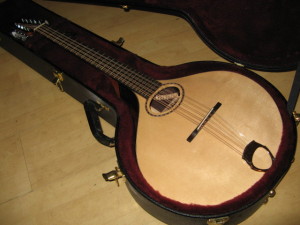If you asked me that question a few days ago it would have been greeted with a blank stare. As it turns out while I was surfing Youtube looking for something completely unrelated (Darbuka / Turkish split finger technique) in the sidebar a group called E.S.T. (Esbjorn Svensson Trio) caught my eye. It was a jazz piano trio playing an old Thelonious Monk tune Bemsha Swing but playing it unlike any version I had heard before. It was a knockout, more so because even as an avid jazz fan I had never heard of this group. Here is a link to the Youtube EST playing Bemsha Swing
Here is the entry in Wikipedia: “Esbjörn Svensson (April 16, 1964 – June 14, 2008) was a Swedish jazz pianist and founder of the jazz group Esbjörn Svensson Trio, commonly known as E.S.T. Svensson became one of Europe’s most successful jazz musicians at the turn of the 21st century before dying at the age of 44 in a scuba diving accident.
Svensson was introduced to both classical music and jazz very early in life through his mother, a classical pianist, and his father, a jazz enthusiast, and first showed interest in classical music. In his teenage years, he developed an interest in rock music and started a few garage bands with classmates, before going back to classical music and finally making his way towards jazz. At age 16, Svensson went to a music college, where he took piano lessons. He later studied at the Royal College of Music, Stockholm, for four years.
In 1990, Svensson started his own jazz combo with his childhood friend Magnus Öström on percussion. Both had made their first appearances on stage as sidemen in the Swedish and Danish jazz scene during the 1980s. In 1993, bassist Dan Berglund joined the duo, and the Esbjörn Svensson Trio was born. The trio released its debut album, When Everyone Has Gone, in 1993, and in the following years established itself in the Nordic jazz scene. Svensson was nominated for Swedish Jazz Musician of the Year in 1995 and 1996.
Rise to prominence, success, and death
The trio’s international breakthrough came with their 1999 album From Gagarin’s Point Of View, their first album to be released outside Scandinavia. With the release of their albums Good Morning Susie Soho (2000) and Strange Place For Snow (2002), the trio drew the attention of United States audiences. In 2002, they went on a 9-month tour through Europe, the U.S. and Japan. Their subsequent albums, Seven Days Of Falling (2003), Viaticum (2005), and Tuesday Wonderland (2006), were equally well received by critics and fans and resulted in several music industry award nominations as well as making the jazz and pop charts.
E.S.T. was the first European jazz combo to make the front page of the American jazz magazine Down Beat (May 2006 issue). Their last live album, E.S.T. Live in Hamburg, a recording of their fall 2006 concert in Hamburg, Germany, as part of the Tuesday Wonderland Tour, was released in November 2007. Before Svensson’s death, the trio was working on the concept of integrating electronic and mechanical sound expansions into a jazz trio context. E.S.T.’s last performance took place in Moscow, Russia, at the Tchaikovsky Hall, on May 30, 2008. In addition to his work with E.S.T., Svensson recorded albums with Nils Landgren, Lina Nyberg and Viktoria Tolstoy.
On June 14, 2008, Svensson went missing during a scuba diving session on Ingarö outside Stockholm, Sweden. His diving companions, including an instructor and his then-14-year old son, eventually found him lying unconscious on the seabed.[1][2] Having sustained serious injuries, he was rushed to Karolinska University Hospital by helicopter, but could not be saved. He was 44 years old, married and the father of two sons.[3]”
So it just goes to show that there is something new to be found everyday. If you are into jazz, or even into rock check out EST.
@@@@@@@@@@@

